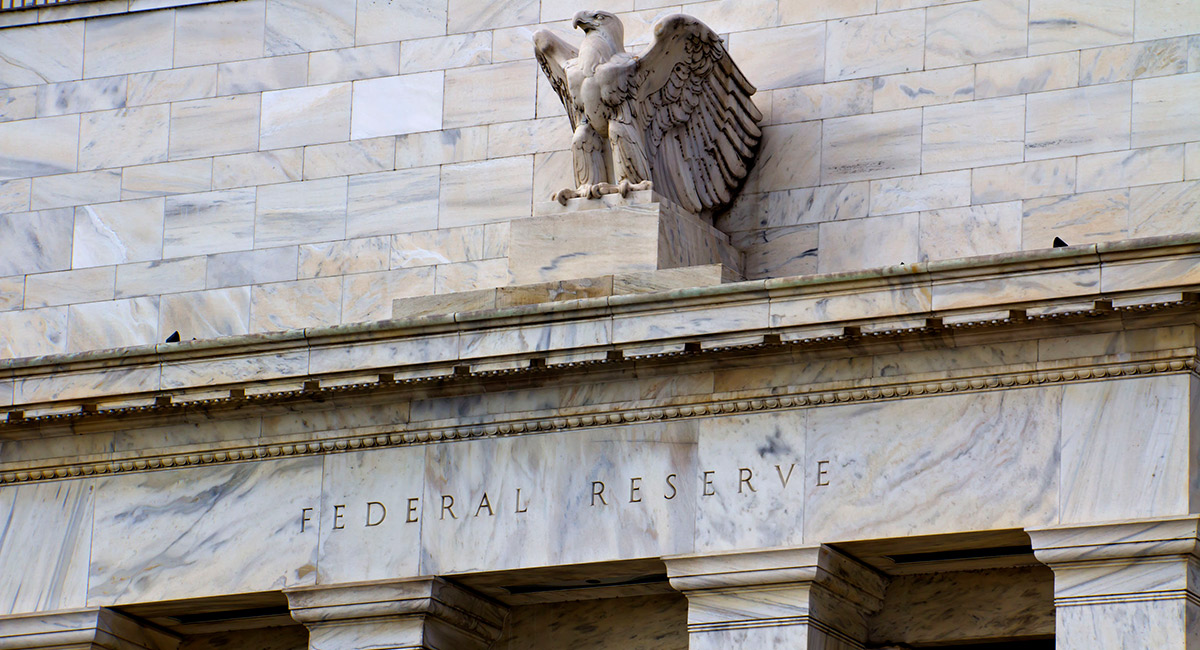The Federal Reserve insists that the current price inflation is “transitory.” Every sign points in the opposite direction, however, and we need to understand the economic and political implications of what is about to begin—an era of high inflation.
Between the end of World War II and 1980, the West, including the United States, experienced price inflation. It came to an end in the early 1980s after the traumatic 1970s, which saw the collapse of the postwar Bretton Woods monetary arrangement, including the convertibility of U.S. dollars into gold, and the emergence of oil-producing Arab dictatorships as major players in global politics. We are about to embark on a new inflation-dominated era.
For years the United States and other Western nations have spent colossal amounts of money and incurred huge debts with only modest rises in consumer and producer prices. Inflation occurred elsewhere (in financial assets, for instance), but the Fed’s money printing did not bring generally higher prices because families and companies, reeling from prior excesses, paid off debts and reduced spending, while banks focused on restoring their capital base rather than lending.
But that was all bound to end. A country cannot raise its debt by 40 percent in two years (as the federal government has done since 2019, according to my calculations of the Treasury Library’s monthly statements of debt) or spend more than $6 trillion in 2020 and incur a 15-percent fiscal deficit on top of years of prior profligacy, all without consequences. Nor can the Fed spend money to buy assets, increasing its balance sheet to more than $8 trillion (up from $4.3 trillion in 2019) and not expect that money to spill out into the economy at some point. There are signs that this is already happening—and it is only the beginning.
The consumer price index rose the equivalent of 5.4 percent a year in July, almost triple the magical 2 percent target that central banks have been using, and the producer price index reached a stunning 7.8 percent. This is clearly connected with the fact that money is changing hands more and more frequently as economic activity picks up. That is why M2, which measures “cash, checking deposits and easily convertible near money,” is now growing at 27 percent annually. Meanwhile, shortages are popping up everywhere you look, including in the labor market.
The dollar is still the world’s reserve currency, but it is bound to lose that status eventually—just as the British pound lost it to the dollar in the 1920s and other currencies lost their dominance before that. It is fascinating to see U.S. authorities hell-bent on encouraging the process. Why would they be so keen to facilitate the weakening of the dollar? Because it is the easiest way to lessen the consequences of too much spending and too much borrowing. There is simply no way for the U.S. government to pay what it owes—but it can inflate its way out of a big chunk of that debt.
The government calculates that as more and more baby boomers come knocking at the doors of Social Security and Medicare, sustaining the current financial arrangements and meeting its liabilities will become impossible. Inflating the debt and debasing the currency is its only solution. You can be sure the Fed will continue to characterize the inflation as “temporary” (just as other leading Western nations will) so that they can continue to inflate.
Anyone who has lived under significant inflation knows the havoc it causes. But while destroying savers and earners, inflation is a boon for debtors, who can repay in devalued money. There will also likely be international implications. In the era of inflation, holders of hard assets, including commodities (whose prices are already pressured by supply-and-demand imbalances), will prosper. Look for some Middle Eastern and Latin American dictators or would-be dictators to gain, and for Russia’s czar to regain some economic strength while the liberal democracies in the West struggle with domestic issues.
The financial chickens have finally come home to roost. The era of inflation will have a momentous effect on our lives. The picture will not be pretty—at home or abroad. We’d better begin to face the facts. There is nothing transitory about them.













